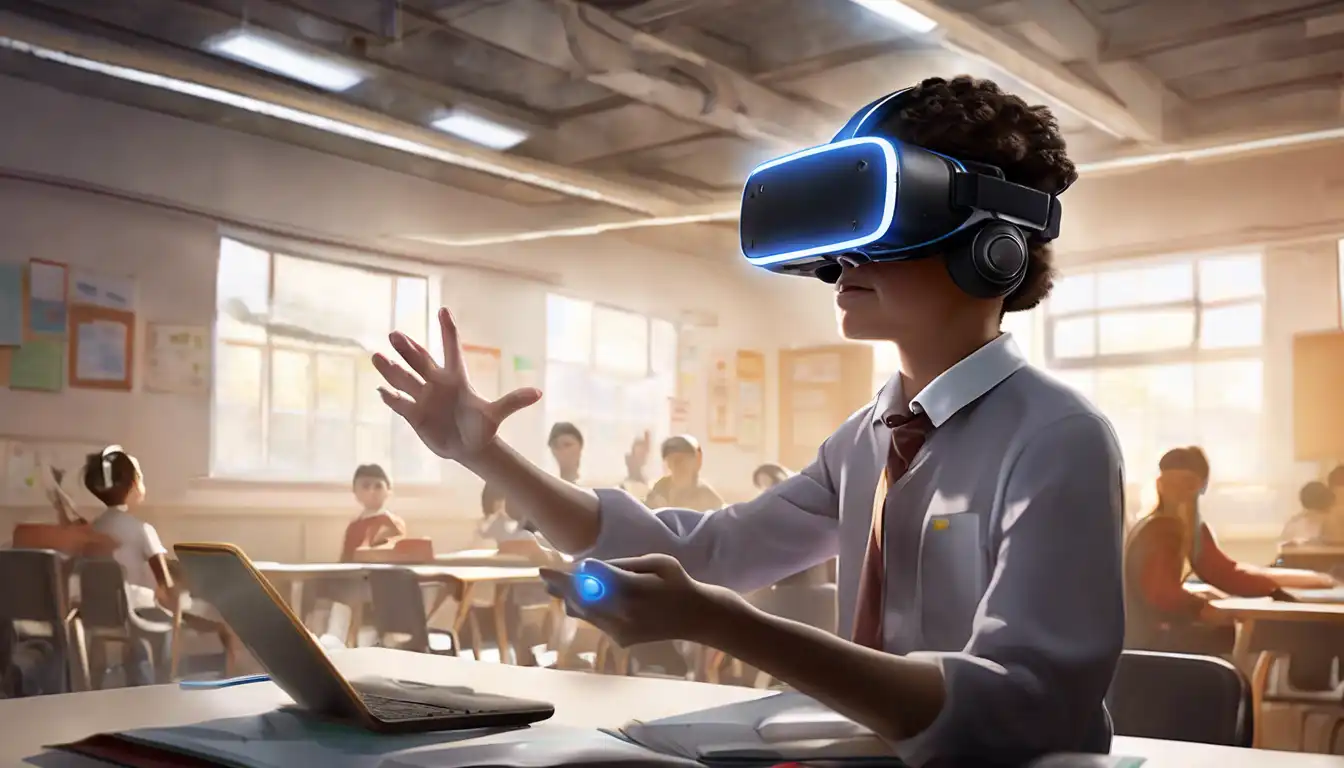The Transformative Impact of Virtual Reality on Learning and Skill Development
Virtual Reality (VR) technology has rapidly evolved from a futuristic concept into a practical tool that is reshaping industries, including education and training. By creating immersive, interactive environments, VR offers unparalleled opportunities for experiential learning and skill acquisition. This article delves into the potential of VR in revolutionizing educational methodologies and professional training programs.
Why VR is a Game-Changer in Education
Traditional learning environments often struggle to engage students and provide hands-on experience, especially in complex subjects like science, history, and engineering. VR addresses these challenges by simulating real-world scenarios where learners can explore, experiment, and learn from mistakes in a risk-free setting. For instance, medical students can perform virtual surgeries, and history students can witness historical events unfold around them, enhancing both engagement and retention.
Enhancing Professional Training with VR
Beyond academic education, VR is transforming professional training across various sectors. From aviation to manufacturing, employees can practice procedures and hone skills in virtual simulations before applying them in real-life situations. This not only improves safety but also reduces training costs and time. For example, pilots train in flight simulators that replicate countless scenarios, preparing them for any situation they might face in the air.
The Benefits of VR in Learning and Development
- Increased Engagement: VR's immersive nature captures learners' attention more effectively than traditional methods.
- Improved Retention: Experiential learning through VR leads to better memory retention and understanding.
- Accessibility: VR can bring distant or inaccessible environments to learners, breaking geographical and physical barriers.
- Cost-Effectiveness: Virtual simulations can reduce the need for physical materials and travel, lowering training expenses.
Challenges and Considerations
Despite its potential, the integration of VR in education and training faces hurdles such as high initial costs, the need for technical expertise, and concerns over prolonged use. However, as technology advances and becomes more affordable, these challenges are gradually being overcome, making VR more accessible to institutions and businesses worldwide.
Looking Ahead: The Future of VR in Education and Training
The future of VR in education and training is bright, with ongoing advancements promising even more realistic and interactive experiences. As VR technology becomes more integrated into curricula and training programs, it will continue to unlock new possibilities for personalized and immersive learning. The potential of VR to transform education and training is immense, offering a glimpse into a future where learning knows no bounds.
For more insights into how technology is shaping the future of education, explore our articles on E-Learning Trends and Innovative Training Methods.
